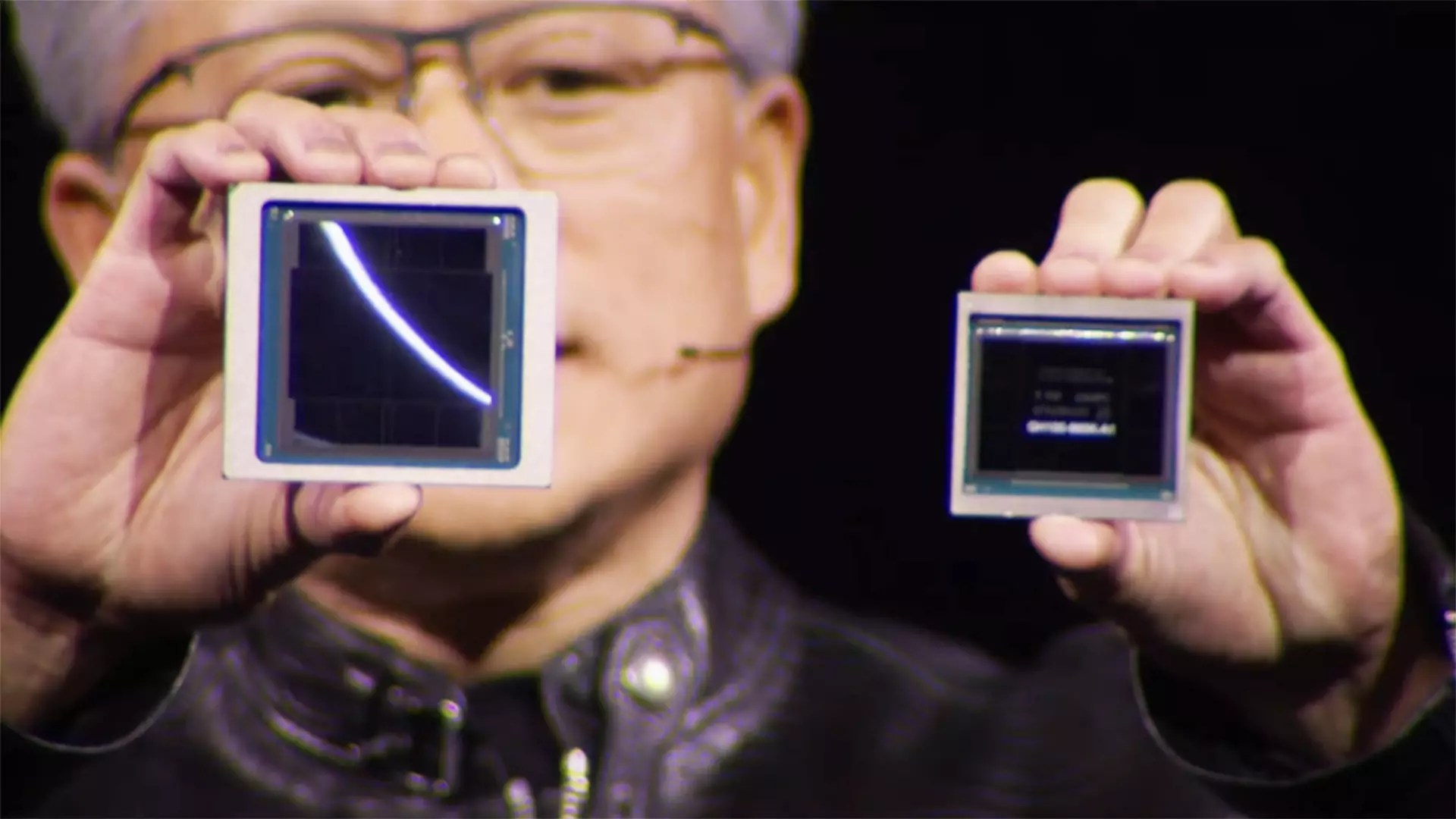As artificial intelligence continues to weave itself into the fabric of global infrastructure and economic power, its intersection with national security grows increasingly tense. Opportunities for innovation are accompanied by an alarming surge of geopolitical rivalry, particularly between the United States and China. The proposed bill by Representative Bill Foster, which seeks to impose stringent tracking and remote disablement measures on AI chips like those manufactured by Nvidia, signifies a watershed moment in this industrial war of attrition. What might seem like a page from a spy thriller is rapidly morphing into an unavoidable reality—one where national security and technological advancements collide.
The U.S. government is grappling with the harsh possibility that advanced AI technologies, if unchecked, could fall into the wrong hands, primarily that of its leading global competitor, China. Such developments not only pose a threat to national interests; they also jeopardize the delicate balance of technological progress, which could advantage oppressive regimes or hostile entities.
The Implications of AI Chip Tracking
Reports suggest that the proposed legislation would mandate that AI chips issued in the United States be manufactured with embedded tracking capabilities. This would allow the government a modicum of surveillance over the chip’s journey throughout the world. In an age where digital footprints are increasingly scrutinized, enhancing monitoring for hardware aligns with a broader trend of digital governance and security.
Still, the feasibility of such a plan raises eyebrows. How can the government effectively track its chips across international borders, especially when black markets and unregulated channels thrive? While there might be technology to implement tracking, experts remain skeptical about its robustness. The world of hackers and technologists is ever-evolving, and ensuring the security of sensitive technologies against determined adversaries is no simple task. Even more importantly, the concept of remotely disabling chips seems more fantasy than fact—a cybersecurity nightmare fraught with challenges.
The Economic Ramifications for Nvidia
With AI and semiconductor giants like Nvidia caught in the crossfire of this geopolitical chess match, the economic consequences cannot be overlooked. The financial strain associated with newly imposed export restrictions signifies a shift in the landscape for one of the world’s most valuable firms. Nvidia executives have vocalized concerns about potential inventory write-offs and revenue impacts, estimating losses that could exceed $5.5 billion under external pressure.
As the company continues to advocate for the unrestrained distribution of American AI technologies globally, the economic implications of isolationism appear daunting. Nvidia’s influence on the market landscape cannot be ignored—the company is not just a manufacturer but a cornerstone of the AI revolution. Stifling access to its innovations risks not just its bottom line but also threatens to undermine the United States’ position at the forefront of technological advancement.
A Lack of Trust and the Shadow of Smuggling
Nonetheless, skepticism persists. While Nvidia dismisses rumors suggesting vast smuggling operations in China, the reality is that illicit movements of technology are not new and have already led to unforeseen consequences; cases like the loss of TSMC’s chip serve as stark reminders of the stakes. The implications of unauthorized access to crucial technology can be catastrophic, igniting fears that adversaries could catch up, or even leapfrog, in critical tech races.
The U.S.’s focus on tracking may stem from a cacophony of failures in the past. The realization that restricted technology still circulates in circles beyond the government’s control offers a chilling insight into why countermeasures are necessary. This also reflects a broader trend of protecting intellectual property in an increasingly interconnected world—where what was once a sequestered technology might now find its way into competing hands.
The Tug of War: National Interests vs. Innovation
The underlying tension between national interests and technological advancement highlights the precarious dance between protection and progress. On one hand, the U.S. aims to check China’s aspirations from dominating the AI sector; on the other, it risks stifling a significant growth sector domestically, where innovation thrives best in open markets.
Other countries are watching closely—a divide is forming, and the U.S. risks creating factions that align against its interests. As foreign nations look to establish their independent tech ecosystems, not only does the balance of power shift, but the very nature of collaboration and competition changes, necessitating a reevaluation of strategies within the American chip manufacturing landscape.
In this escalating rivalry, the dilemma endures: how does one ensure national security without sacrificing the very innovation that preserves it? As the legislative ballet unfolds and approaches are debated, the future of AI and its role in shaping our collective destiny hangs precariously in the balance.


Leave a Reply